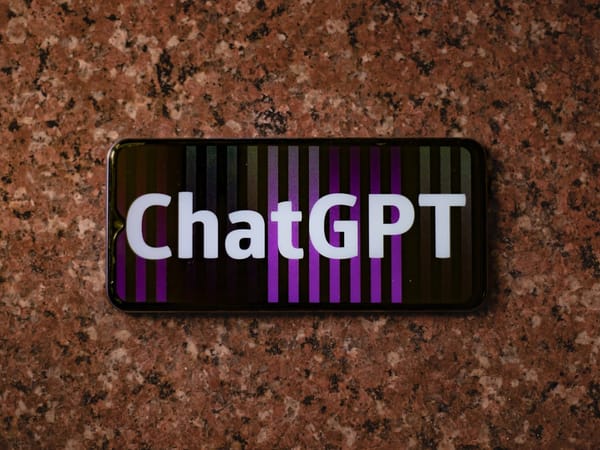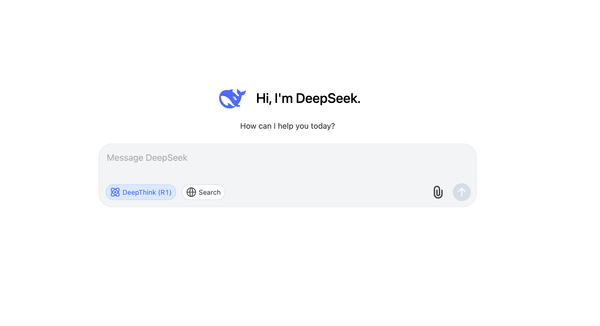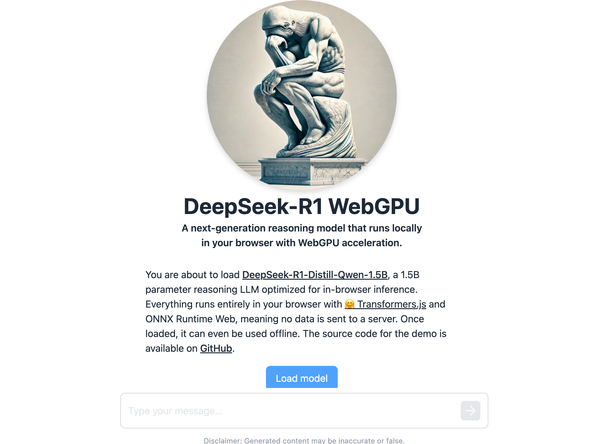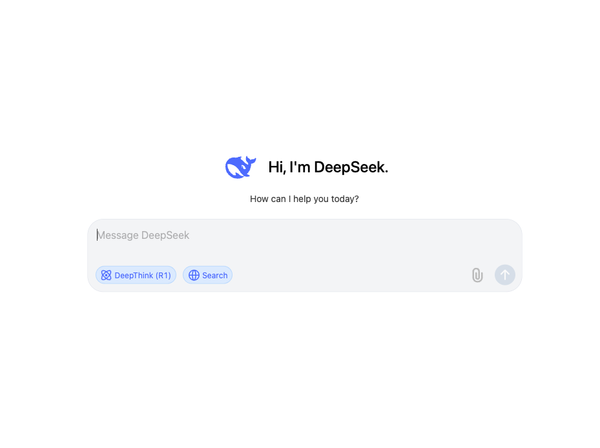A Quick Guide To Healthcare Asset Management
Table of Content
Healthcare systems rely on numerous tangible and non-tangible assets for proper and efficient functioning. Of these resources, medical equipment and consumables are the most challenging to manage, and hospitals or clinic managers may find it difficult to rely on manual processes to stay in control.
Monitoring hundreds of costly medical items and valuable resources is challenging and time-consuming without automation. Therefore, facilities must have the right tools to manage healthcare assets quickly and seamlessly, whether inside or outside their premises. Choosing the right solutions helps medical organizations optimize their resources, improving operations and patient outcomes.
This article defines healthcare asset management and discusses helpful tools and tips that medical staff can leverage to improve their processes.
What Is Healthcare Asset Management?
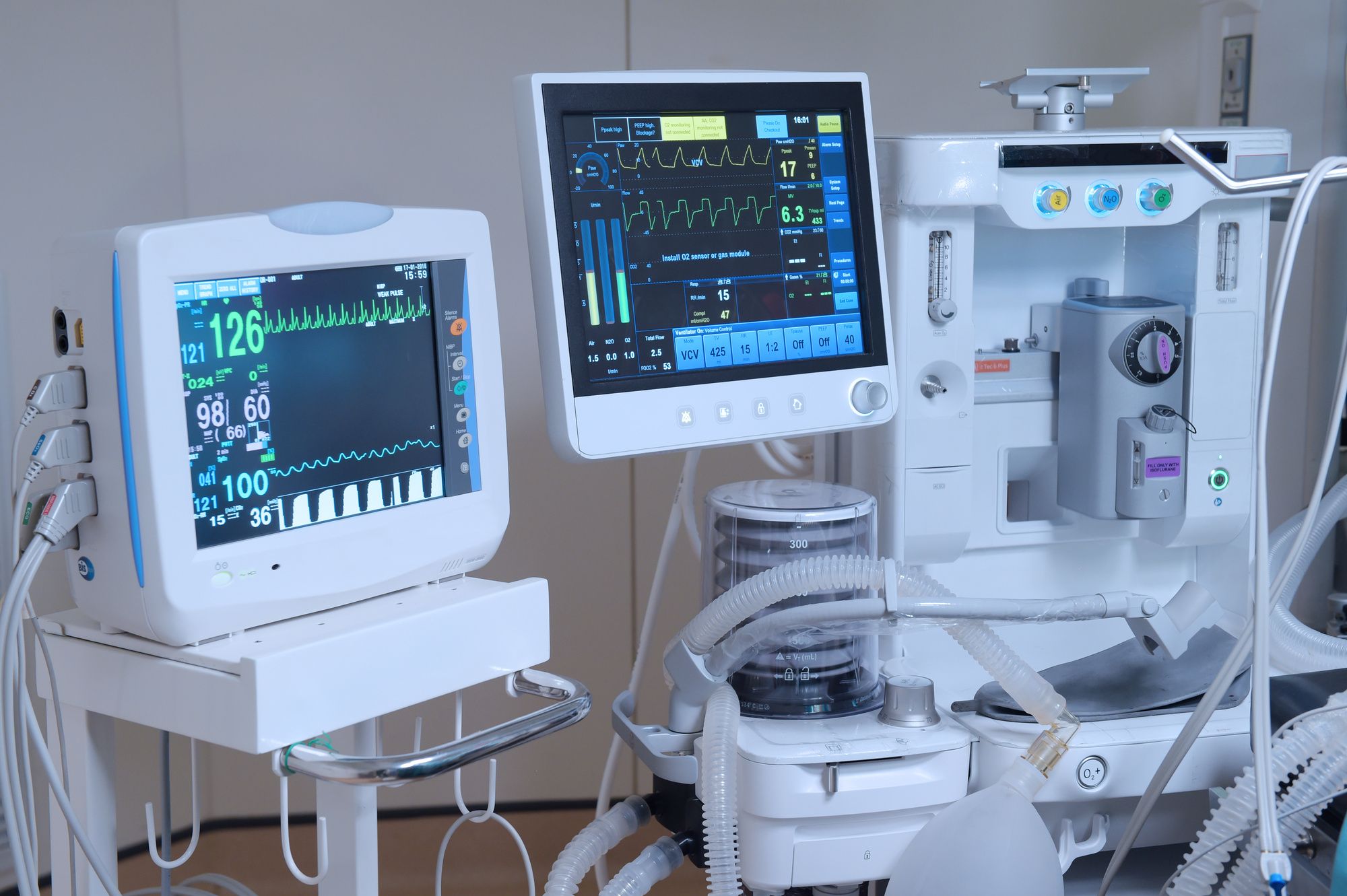
Worldwide, healthcare facilities face numerous problems at any given time. No organization is immune to issues like missing and malfunctioning equipment, drug counterfeiting, and supply chain concerns, to name a few.
Healthcare asset management aims to reduce the impact or eliminate the risks attributed to these difficulties. At its core, healthcare asset management encompasses several activities that aim to improve the processes involved in identifying, procuring, operating, maintaining, tracking, upgrading, and disposing of a medical asset—mainly physical resources like medical machinery, equipment, and other items. These may include:
- Business equipment like computers and printers
- Diagnostic imaging systems like X–rays, CT, and MRI scanners
- Defibrillators
- Hospital and mobile beds
- Operating room tools and machinery
- Surgical supplies and equipment
- Ventilators
- Wheelchairs
Depending on the size and classification, a hospital manages a few hundred to several thousand pieces of equipment. Consequently, properly managing healthcare devices is paramount in increasing operational efficiency and patient care.
Common Asset Management Tools
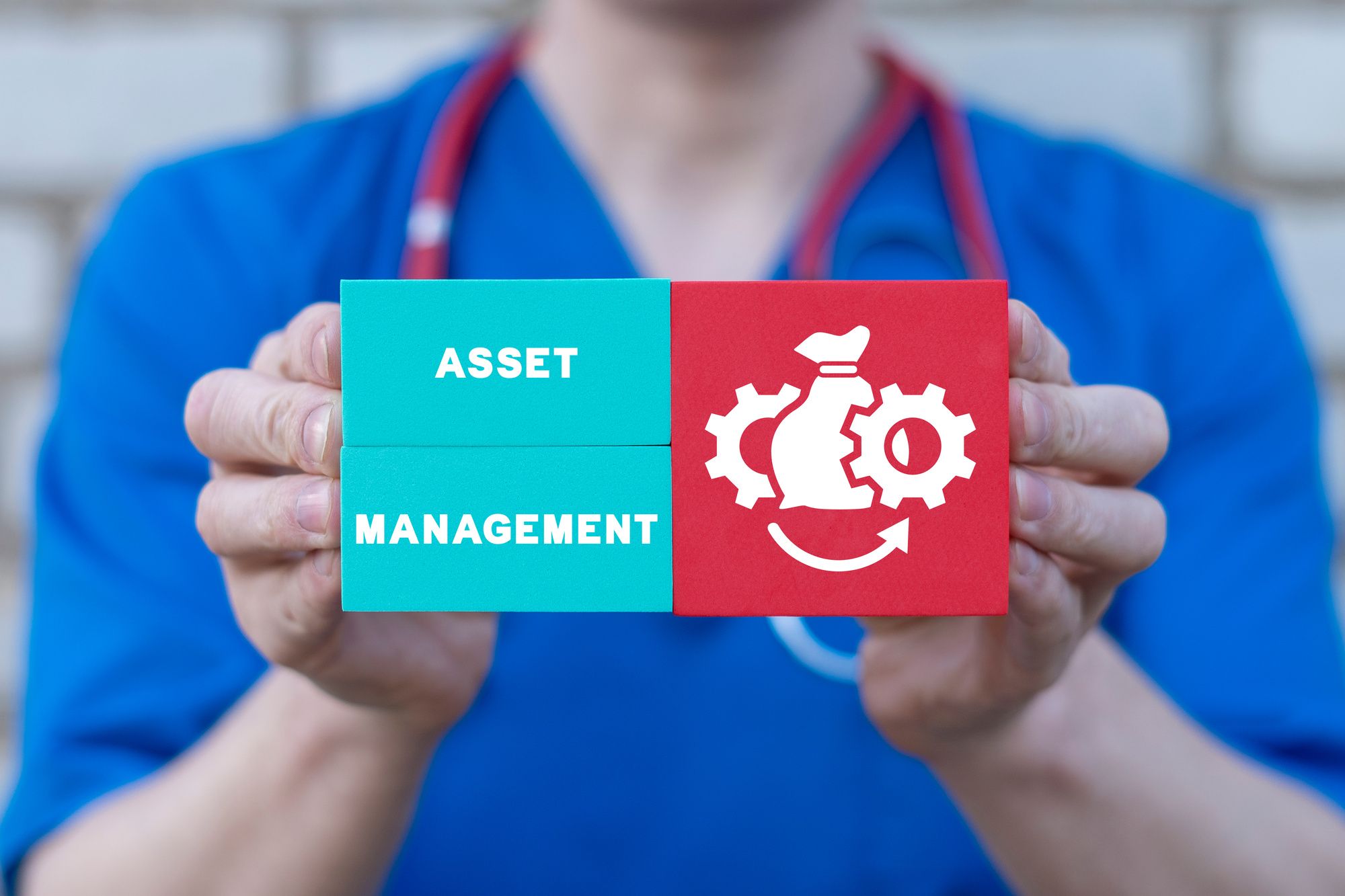
Asset management in healthcare settings is divided into four primary categories: Staff and supply chain management, equipment, and patient tracking. Some software specializes in one, a few, or all of these integrated management solutions. This section focuses on one of the most challenging asset management components: equipment tracking.
Below are two of the widely used tools in healthcare asset management, particularly in monitoring pieces of medical equipment:
Asset Tags And RFID
Asset tagging refers to attaching labels to an organization's physical resources to monitor their location and access other real-time information, including operation and maintenance history. The tags can be placed on fixed and movable assets.
Radiofrequency identification or RFID from Lowrysolutions and other reputable companies are the most used asset tagging tool, while QR codes as common alternatives.
Asset tags have replaced manual inventory and auditing in most hospitals and clinics. With this tool, the staff can locate assets immediately and save time searching for missing supplies and medical equipment.
Performing preventive and reactive maintenance with such software and physical devices is also easier.
Computerized Maintenance Management System (CMMS) Software
This customized asset management solution helps hospitals and clinics get an overview of each registered asset and specific details like service requests, maintenance schedules, data analytics and reporting, and other documentation.
The information in this application can be refined based on an organization's requirements. With CMMS, healthcare providers can optimize the use of their assets, increase their lifespan, and comply with regulatory rules.
It's best to hire XL.net's IT consultants to ensure you choose compatible software. They can help integrate the new software with your current system, ascertaining that your facility's information technology (IT) infrastructure meets the requirements.
Optimizing The Impact Of Healthcare Asset Management
Employing a proactive approach is the only way managers can minimize the damaging impacts of these problems or avoid them altogether. Realizing the importance of healthcare asset management has driven the market to new heights.
According to Mordor Intelligence, the market size for healthcare asset management is projected to have a compound annual growth rate (CAGR) of 30% from 2018 to 2028. Another market research firm has predicted the sector's market value to reach USD$35.19 billion this year.
Here's how executives can start adopting a more systematic to planning, acquiring, operating, and disposing of a healthcare organization's equipment and physical assets.
1- Identify Your Organizational Needs
A strategic asset management plan will be the basis for your organization's current and future actions. Creating one requires healthcare facilities to identify their priority needs and determine how to address such challenges. Doing so allows healthcare firms to improve workflow guidelines and develop a list of their software must-haves.
Every management plan must be flexible to include new information and issues that haven't cropped up before. If you already have one, schedule a frequent review to measure performance and success or to institutionalize changes that address current and future challenges effectively.
2- Study Your Options And Choose Your Solution Well
Similarly, several factors must be considered when choosing the best-automated solutions for healthcare asset management. These could include costs, features, compliance, and automation needs.
For instance, you might be inclined to get the latest version of an application that ticks all your needs boxes. While this is important, strategy and business management consulting firm McKinsey suggests using business automation to address critical processes and put people at the front and center of these changes.
Simply put, there's no one-size-fits-all solution for developing a healthcare asset management plan. Other than needs identification and prioritization, crafting one involves compliance, risk mitigation, and other considerations. More importantly, ensure your software is scalable to adapt to your ever-changing needs and grow with your business.
3- Test The System Before Adopting It
Business software solutions are a considerable investment, including learning management systems and asset management for healthcare. The good thing is that most vendors have trial periods where purchasers can use their product to see if it aligns with their needs. Healthcare companies must seize this opportunity to determine whether they should settle for one solution over the others.
At this stage, balancing functionalities and cost is paramount—generally, the more features, the higher the price. While a comprehensive solution might be the obvious choice, you might have other applications covering one of the functionalities of the new product. You could save by skipping some functions and ensuring the new app integrates with your other software.
Besides being cost-effective, your new asset management system must address identified and current challenges. Additionally, your staff must be able to handle them without worries, and your provider's post-sales services should be reliable enough to resolve technical difficulties.
4- Always Seek Improvement
After deployment and trial, the system and workflows must be checked regularly for further improvements. Your assessment of the new systems should measure and compare the conditions before and after the evaluation period. This is often done by setting performance metrics.
Reporting and analytics are integrated with most asset management software. You can analyze these results to spot issues and challenges that could be minimized or eliminated.
Wrapping Up
Asset management in healthcare may initially entail a significant amount of investment and time, but the results are worth it. Doing it right provides numerous advantages.
With strategic asset management, organizations can reduce operational costs, increase staff productivity, optimize the use of costly medical machinery, equipment, and supplies, and enhance patient care quality. Ultimately, it helps increase a company's bottom line without necessarily increasing its asset expenditures.
Author: Charlotte Mason
Charlotte Mason is a healthcare asset management professional with over 12 years of experience in optimizing the utilization and maintenance of medical equipment and facilities. She has a deep understanding of the challenges faced by healthcare providers and enjoys sharing her expertise in asset management through guest blogging on industry-related websites. When she's not working, Charlotte loves hiking, reading mystery novels, and experimenting with gardening techniques.



